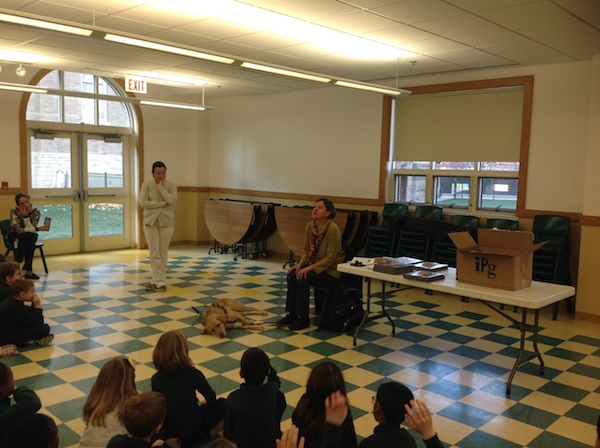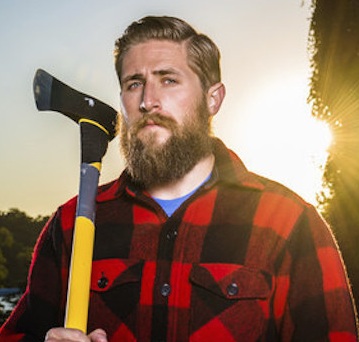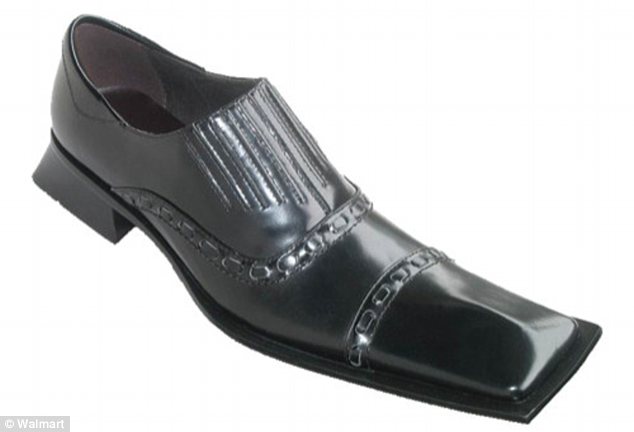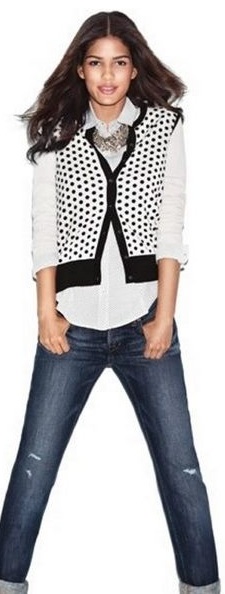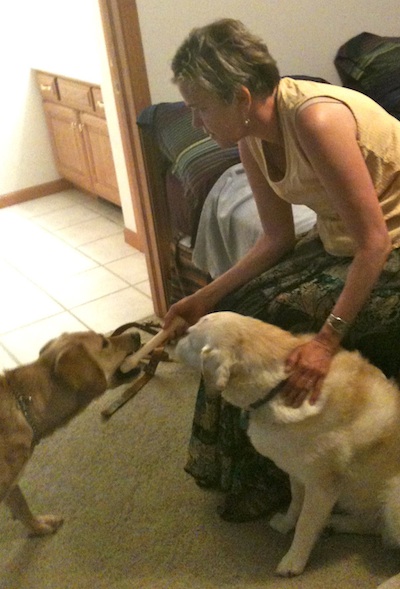Mondays with Mike: I see black people
November 24, 2014 • 11 Comments • Posted in blindness, Mike Knezovich, Mondays with Mike, parenting a child with special needs, politics, UncategorizedMost of the time I walk the mile-and-a-quarter to and from work. But when the weather here in Chicago turns extreme, or I’m running late, I take the Red Line subway.
The Red Line runs from the South Side, through Chinatown, to the North Side, so the cars are full of human diversity. White people, black people, men, women, old, young, Asian people, Sox fans, Cub fans (it stops at U.S. Cellular and Wrigley Field.)
At rush hour, train cars are standing-room-only. Which makes for the elevator dynamic. People looking at their shoes, their phones, but mostly not at each other.
Which gives snoopy observers like me a great chance to study people. And their faces.
For a snoopy observer white guy like me, it’s been a revelation to study black people’s faces. Because, you know, they are remarkably different from one another. Like, you know, white people’s. And I wonder about where they came from. Not as in Alabama or Mississippi, but as in, where in Africa? In the world? I’ve got a lifetime of accumulated data about caucasian facial traits, but not for black people.
I am not ashamed to admit that this is a revelation, because my ignorance has been born of lack of exposure. It’s not a whole lot different than the kinds of revelations I had visiting Europe for the first time and understanding that hey, yes, their refrigerators are smaller but these people live a pretty damn good life and Americans aren’t the only people who live well. Live and learn.
Anyway, growing up, I mostly only saw black people on TV, and largely, they were a sort of an abstraction. There was not a single black person in any of the schools I attended, and I don’t think there was a single black person living in my town, though I could be wrong about that. My town was full of white-flighters who’d left the city expressly to not be around black people. (I’ve learned since then that both white and black people were victims of scurrilous blockbusting and redlining practices, but that’s another story). So, while I got to see lots of faces of Czech, Polish, Italian, Irish, Dutch, Croat, Serb, and other heritages — and the vivid differences between them — I saw no black ones. And it led to the sense that one black face was all black faces.
When my family would drive into the city we’d pass the enormous housing projects alongside the Dan Ryan expressway and to me, they were scary places inhabited by scary people. And I kinda figured that all the people in those places were scary, and they were all the same.
Happily I know better than that now, partly from simply living long enough to remain clueless. But it doesn’t just happen. Some of it takes pushing out of one’s comfort zone, and simply paying attention. Some of it comes from leaders – political, cultural, and artistic – pushing me. I still remember walking out of Do the Right Thing a smarter person than when I entered. The notion that that there were hierarchies, good people, bad people, and shades of gray in what I thought was a monolithic “black” world was exhilarating, liberating, and embarrassing at the same time.
It works both ways, of course. A recent NPR story on the limitations of the accuracy of eyewitness accounts, and of lineup identifications in criminal cases, noted that all cross-racial IDs were substantially less accurate.
I’ve been thinking about all this partly because a couple weeks ago Beth and I took in our annual movie at a real movie theater. It was Dear White People. I thought it was well-made, extremely well acted. But it was not revelatory, for me, in the same way that Do the Right Thing was. And I realized that it was less about the movies and more because I’ve learned a lot over the past few decades.
Having grown during the 1960s, I never thought of myself as a racist. Because conceptually, I wasn’t. There was a clear right side to be on in theory at least. But experiences – from meeting and befriending people who don’t fit my preconceptions to simply going to movies like Do the Right Thing have taught me that beyond cross-burning hate, there are less overt but harmful biases we all carry. I’ve lived with particular flavors of that dynamic since Beth lost her sight and Gus was born with severe developmental disabilities. People make assumptions without knowing a thing about me or us. It’s not always been happy, but seeing those things has been good for me.
So I feel good that on one hand, I’ve come a long way, and that we’ve come a long way. On the other, I’ve never been so certain that for all the progress we’ve made, there’s a long, long way to go. And I’m not, and we’re not, going to get there by accident.
